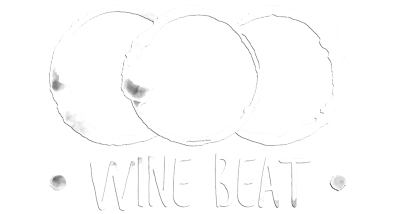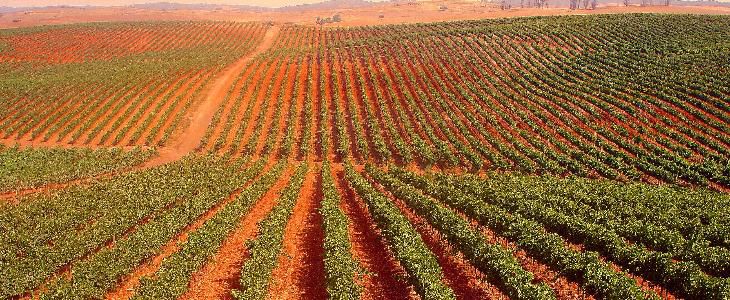 The Alentejo is vast with beautiful rolling agricultural land in the south and mountains in the north
The Alentejo is vast with beautiful rolling agricultural land in the south and mountains in the north
Alentejo (pronounced “al-en-tay-zho”) is a place of evocative landscapes, haunting large spaces and an ages-old food and wine culture based on the bounty of the land and the rich harvests that come from the fertility of its soils and climate. The foods are hearty and flavourful – just think of the sensational pork from the black pigs of Alentejo that feast on the acorns of the oak forests or the savoury bean stews that make up classic peasant fare. And then the wines, resonant and powerful, reflecting the nature of the place itself but also complementing its food.
Alentejo is a gastronomic discovery of the very first order. The old and the new are blended together to give the region a very distinct character in terms of both its food and its wine. The foods may largely retain their traditional roots and the wines may still lean heavily on their milenia of pedigree, but new energy and passion has been infused into the scene. The winemaking tradition here is very long, going back thousands of years but new investment and the passion of youthful winemakers has created an exciting, buzzing edge.
Drinking the wines of Alentejo anywhere in the world is a good idea. They tend to be robust and hearty, of very high quality and a great bargain. So drinking the wines allows you to experience this one, beautiful part of the soul of Alentejo – but if you are visiting Portugal then you have the chance to travel a short distance from Lisbon and throw yourself into the food and wine culture. The wineries are often architectural showpieces and the whole region has invested in becoming a wine and food tourism destination. Little wonder since it is on Lisbon’s doorstep and is a natural part of any travel itinerary in Portugal.
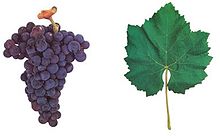
Why Alentejo for Wine?
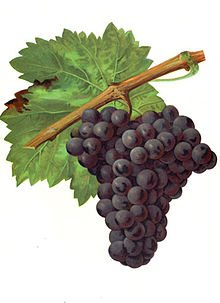
Portugal occupies the place in the European wine map as the country that everyone knows makes wines of the highest quality – but they just don’t seem to get around to drinking so often. It is difficult to know why this would be the case given the astounding price to quality ratios of Portuguese wines. One thing we know is that Portugal is a consistently amazing source of delicious, approachable wines in a wide variety of styles. The wines of Alentejo are mostly red, although modern winemaking techniques such as chilled fermentation tanks are allowing Alentejo to produce some very attractive, fresh white wines. But it is still the reds that are the headline wines. The winemakers know that they have a 1st class resource and investment in winemaking and wine toursim has been impressive.
The winemakers also know that the style of wine that best expresses Alentejo – robust, fruit-driven but with a distinct varietal identity – is a style appealing to current wine market trends. Of course there is tremendous diversity of wines within the region but the climate tends to consistently provide delicious and supremely drinkable wines that pair well with food. The grape varieties are a mixture of indigenous and international. Syrah is taking well to Alentejo for example. But for the wine enthusiast on a mission to broaden their experience, the tremendously beautiful varieties of Trincadeira and Castelão are terriffic finds and of course Aragonez (the local verson of Tempranillo) is a noble grape that gives many Alentejo wine their basic character. There are a wide range of other varieties being grown and the winemaker has a range of options for blending and for single varietal wines.
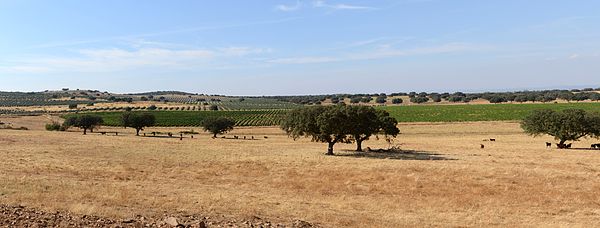 The cork oak trees of Alentejo are the main source of the world’s cork for wine stoppers – and the pigs love the acorns!
The cork oak trees of Alentejo are the main source of the world’s cork for wine stoppers – and the pigs love the acorns!
Where is Alentejo?
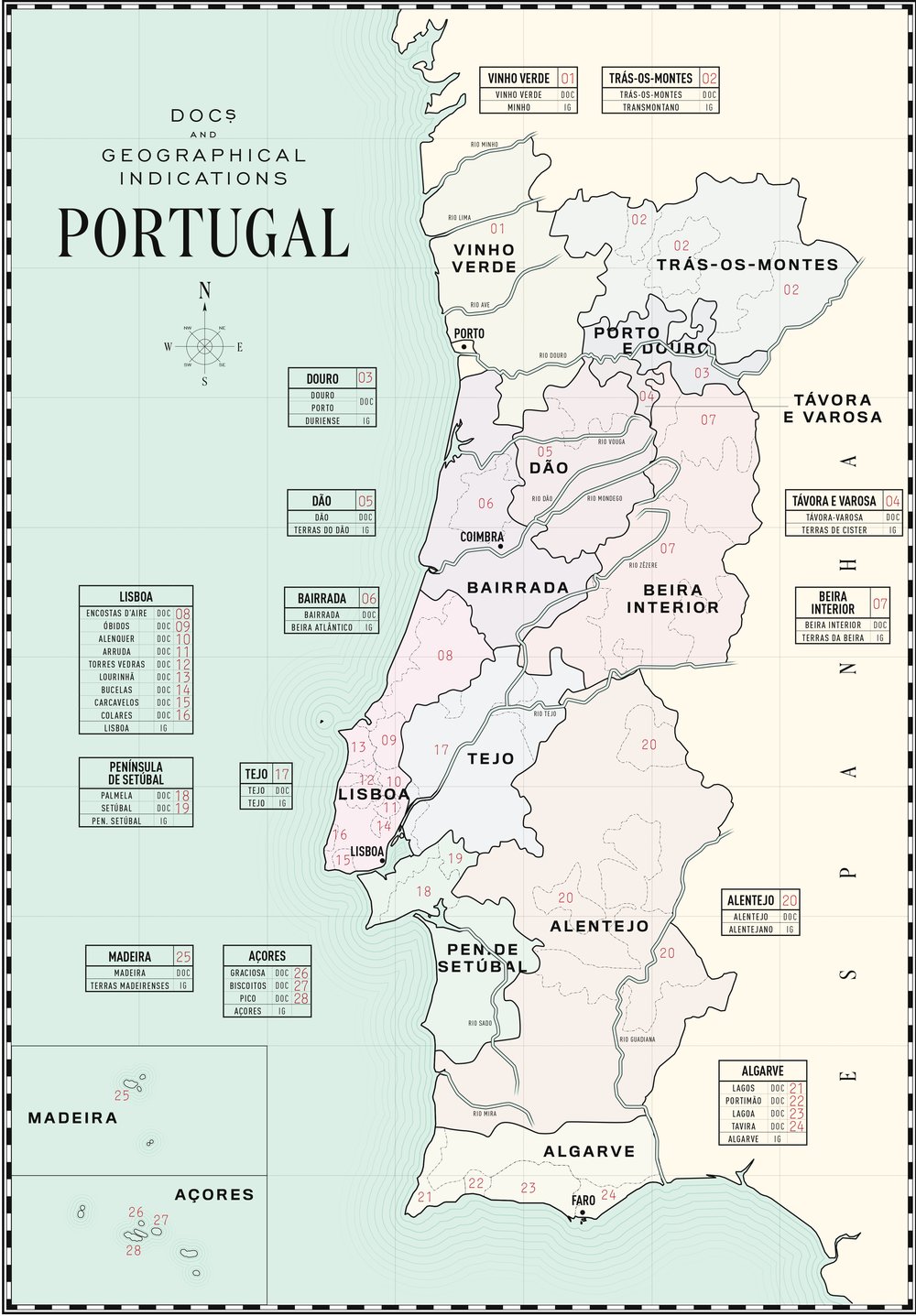
Alentejo is the largest province within Portugal and takes up almost 1/3 of the country. However the demarcated wine regions that are allowed to use the DOC of Alentejo designation form a much smaller portion and are a patchwork within the larger province. Their are eight such sub-regions: Portalegre, Borba, Redondo, Vidigueira, Reguengos, Moura, Évora and Granja/Amareleja. They are all listed as “DOC Alentejo” but sometimes also with the sub-region name listed on the label as well. Most of these regions are in rolling agricultural country with a warm and dry Mediterranean climate. The Portalegre region in the north, however, is mountainous and cooler and therefore can produce a lighter and more elegant style of wine.
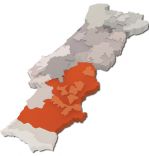
The true magic of Alentejo for the wine enthusiast is its close proximity to Lisbon. The wine route is well established and the winemakers cater extremely well to the wine/food touring visitor. The travel is sublime and memorable, the people are engaging and welcoming and you might just have found your favourite wine destination in the world.
Check out www.winetourismportugal.com for more information on visiting Alentejo’s wine country.
Who are the Winemakers?
With a rapidly evolving wine scene and hundreds of winemakers, it is not possible to make a list of the best. However, www.winetourismportugal.com has listed the following 10 wineries as great destinations:
Adega da Cartuxa; Adega Mayor; Herdade da Malhadinha Nova; Herdade do Esperão; Herdade dos Grous; L’AND Vineyards; Adega Vila Santa – João Portugal Ramos Wines; Monte da Ravasqueira; Herdade das Servas; Quinta do Carmo.
When is the Best Time to Visit?
Portugal’s climate is attractive through most of the year but consider visiting Alentejo during April and May when the region is at its greenest and before the heat of summer sets in.
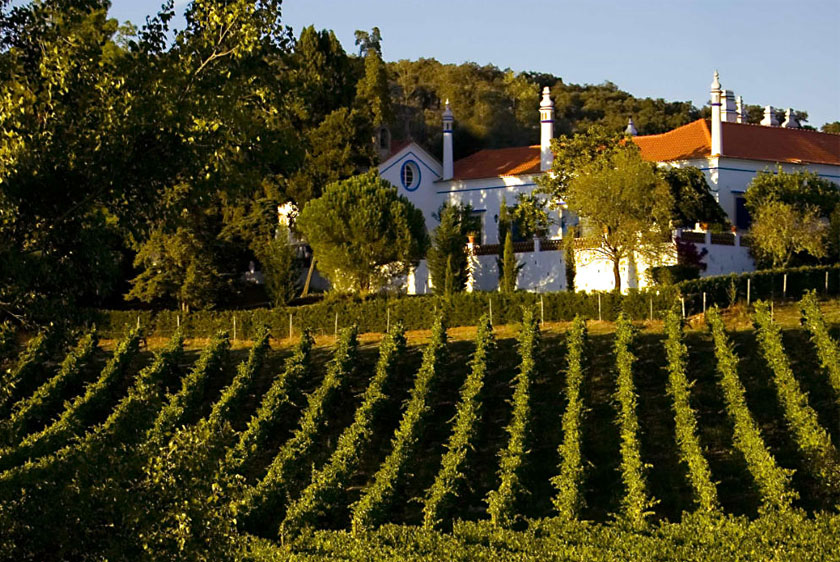 Monte da Ravasqueira
Monte da Ravasqueira
Photos and maps courtesy of www.winetourismportugal.com and www.winesofportugal.com
